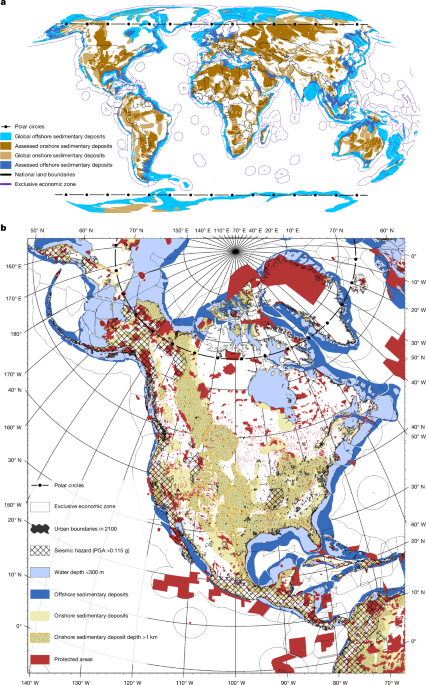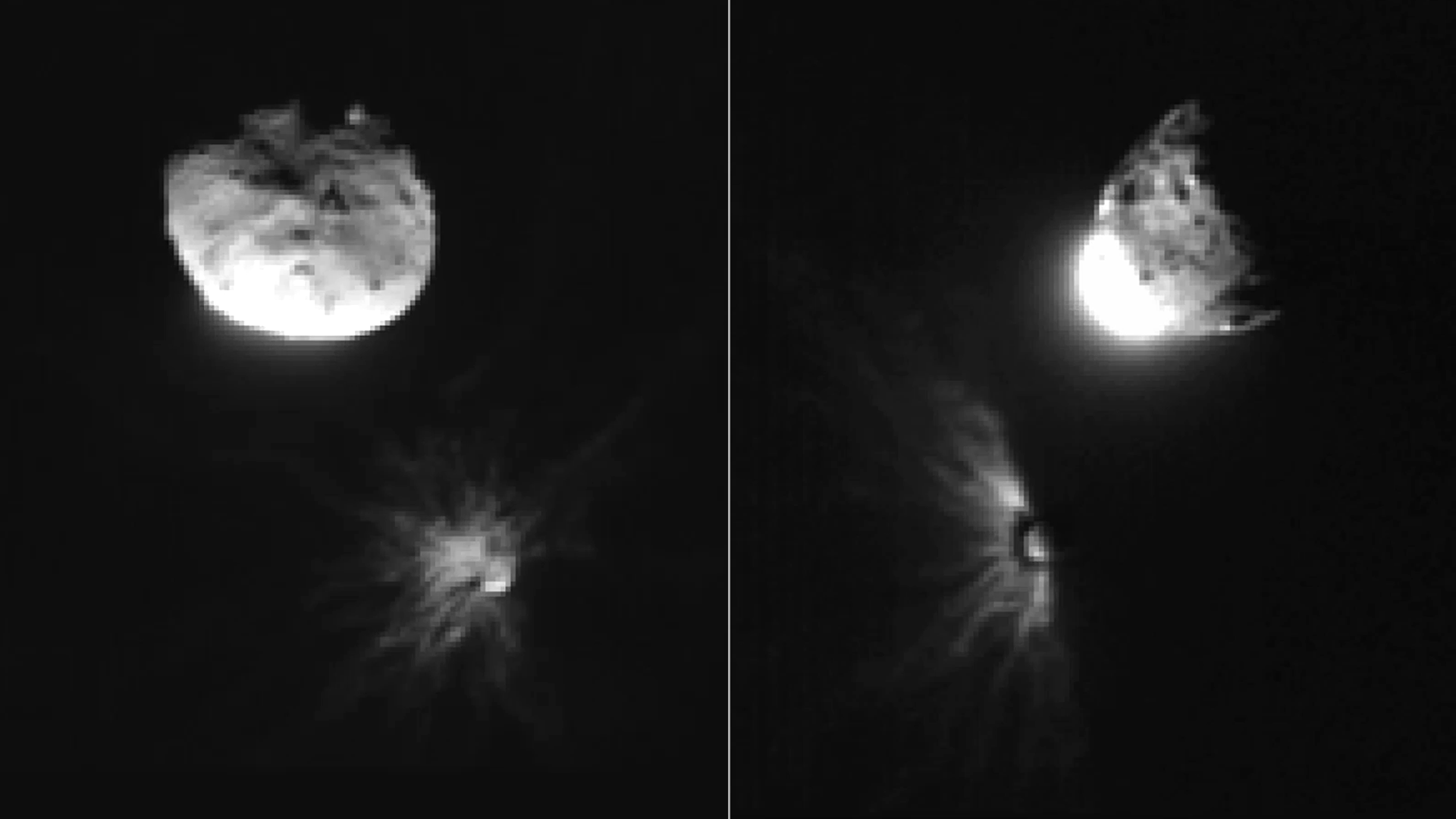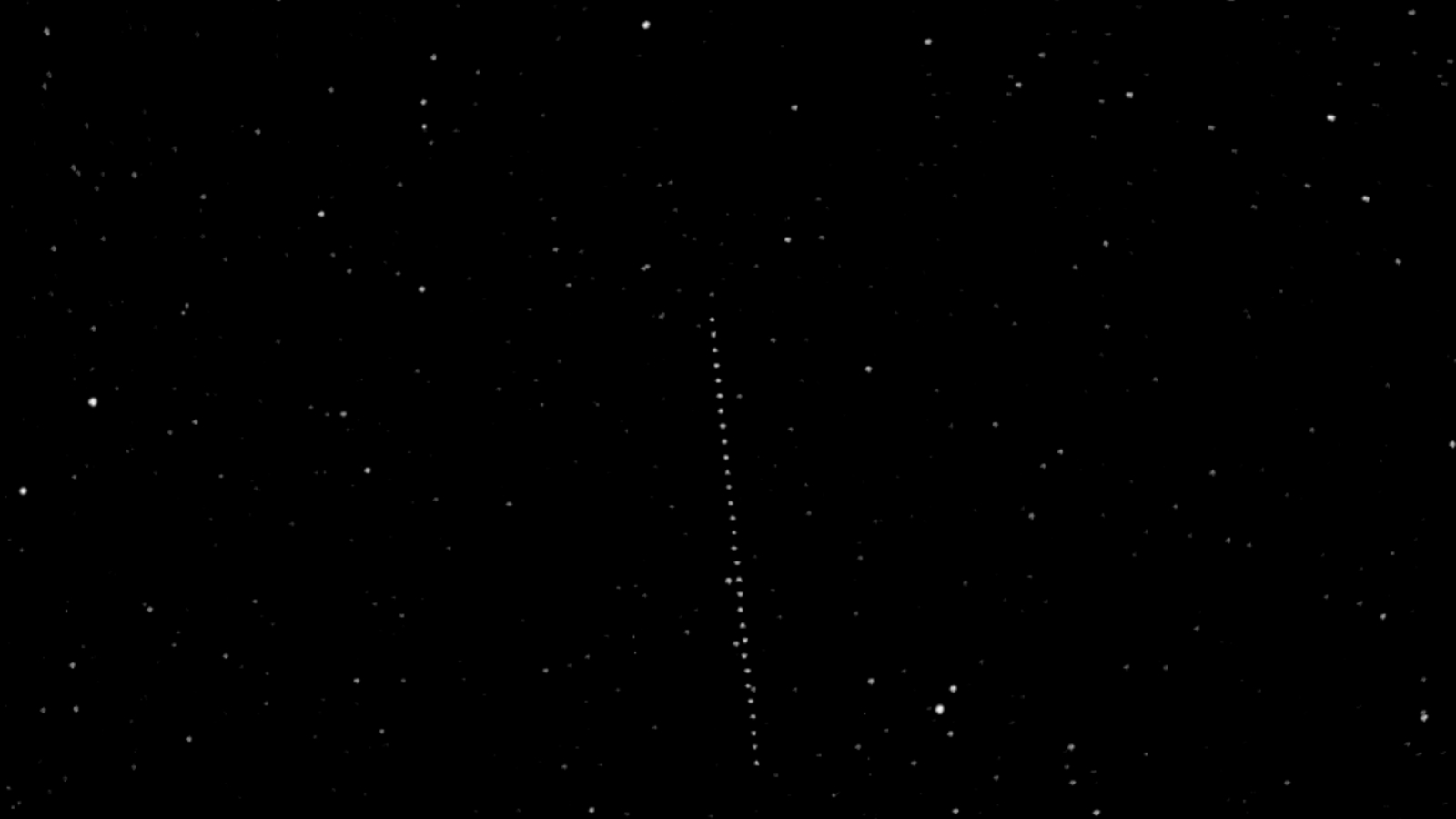Comet 3I/ATLAS is the third interstellar visitor and continues to be a treasure trove of information about the condition of its formation. As it speeds through the Solar System, telescopes have been pointed at it, revealing new tidbits about this fascinating space rock. Just recently, we have learned about the unusual ratio of nickel to iron (both common in comets); …
Read More »Tag Archives: planetary
Siberian Meteorite Impact Created Massive Diamond Crater While Debris Formed Planetary Rings
IN A NUTSHELL 🌍 Popigai Crater in Siberia, formed by a massive meteorite impact, is the fourth-largest known on Earth. 💎 The impact at Popigai transformed graphite into industrial-quality diamonds due to extreme pressure. 🌌 North American Tektite strewn field possibly formed rings around Earth, influencing climate change. 🦖 The Eocene–Oligocene extinction event saw significant species loss, particularly among aquatic …
Read More »A prudent planetary limit for geologic carbon storage
Riahi, K. et al. in Climate Change 2022: Mitigation of Climate Change (eds Shukla, P. R. et al.) Ch. 3 (Cambridge Univ. Press, 2022); https://doi.org/10.1017/9781009157926.005. Clarke, L. et al. in Climate Change 2022: Mitigation of Climate Change (eds Shukla, P. R. et al.) Ch. 6 (Cambridge Univ. Press, 2022); https://doi.org/10.1017/9781009157926.008. Kearns, J. et al. Developing a consistent database for regional …
Read More »Close-Up Views of NASA’s DART Impact to Inform Planetary Defense
On Sept. 11, 2022, engineers at a flight control center in Turin, Italy, sent a radio signal into deep space. Its destination was NASA’s DART (Double Asteroid Redirection Test) spacecraft flying toward an asteroid more than 5 million miles away. The message prompted the spacecraft to execute a series of pre-programmed commands that caused a small, shoebox-sized satellite contributed by the …
Read More »Close-Up Views of NASA’s DART Impact to Inform Planetary Defense
On Sept. 11, 2022, engineers at a flight control center in Turin, Italy, sent a radio signal into deep space. Its destination was NASA’s DART (Double Asteroid Redirection Test) spacecraft flying toward an asteroid more than 5 million miles away. The message prompted the spacecraft to execute a series of pre-programmed commands that caused a small, shoebox-sized satellite contributed by the …
Read More »James Webb Finds Evidence of Free-Floating Planets So Large They Can Gather Their Own Planetary Systems
So much for heliocentrism. An international team of astronomers using observations made with the James Webb Space Telescope have found evidence of massive planets out there that’re capable of forming their own planetary systems — without a star. These planets would be the center of something like a mini version of our solar system where other, smaller planets revolve around …
Read More »James Webb Finds Evidence of Free-Floating Planets So Large They Can Gather Their Own Planetary Systems
So much for heliocentrism. An international team of astronomers using observations made with the James Webb Space Telescope have found evidence of massive planets out there that’re capable of forming their own planetary systems — without a star. These planets would be the center of something like a mini version of our solar system where other, smaller planets revolve around …
Read More »Spacecraft headed to DART asteroid crash site images 2 faint space rocks to boost planetary defense tactics
The Hera mission to follow-up on the aftermath of NASA’s DART asteroid crash has caught sight of two other asteroids in an important test of its camera ahead of its rendezvous its main target: the double space rock system of Didymos and Dimorphos. In September of 2022, NASA’s Double Asteroid Redirection Test, or DART for short, slammed into the small …
Read More »Webb reveals structures in planetary nebula, sheds new light on the Hubble Ultra Deep Field
Webb reveals structures in planetary nebula, sheds new light on the Hubble Ultra Deep Field – NASASpaceFlight.com We use cookies to ensure that we give you the best experience on …
Read More »James Webb Space Telescope finds giant, lonely exoplanets can build their own planetary friends without a parent star
When you buy through links on our articles, Future and its syndication partners may earn a commission. (Main) An illustration of a planetary system developing around a free-floating rogue planet (Inset) the JWST. | Credit: Midjourney Our parochial view of planets orbiting a central star — so familiar because it is the layout seen in the solar system — could …
Read More »







